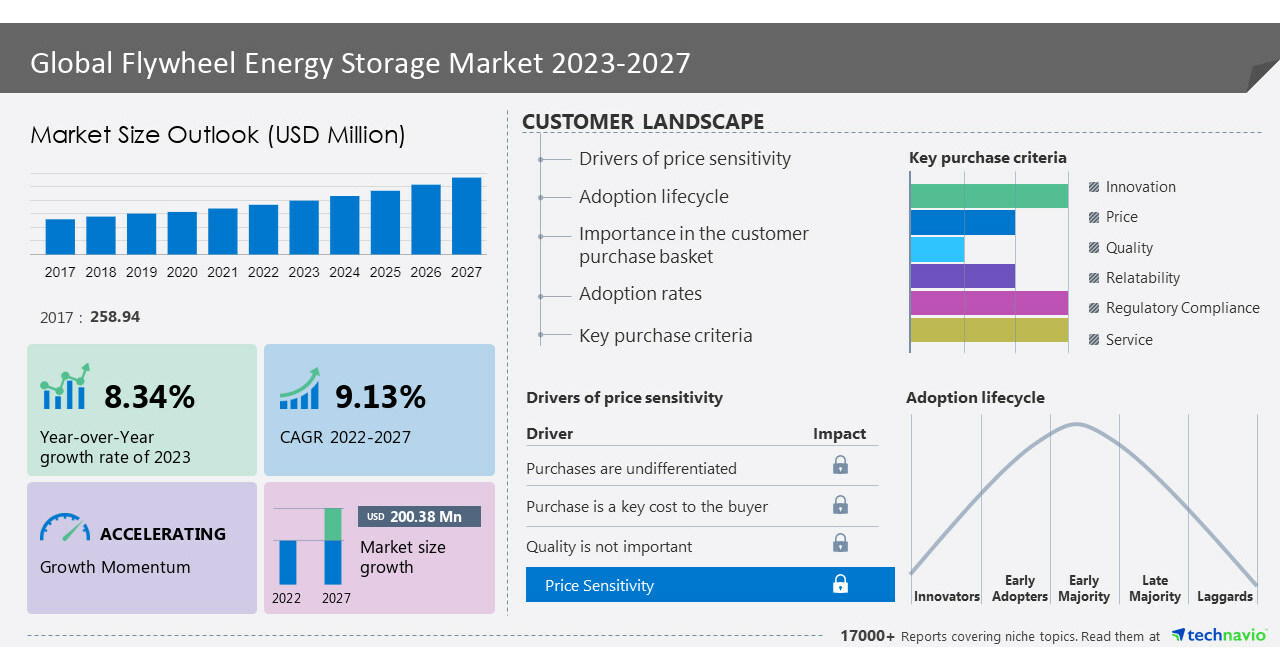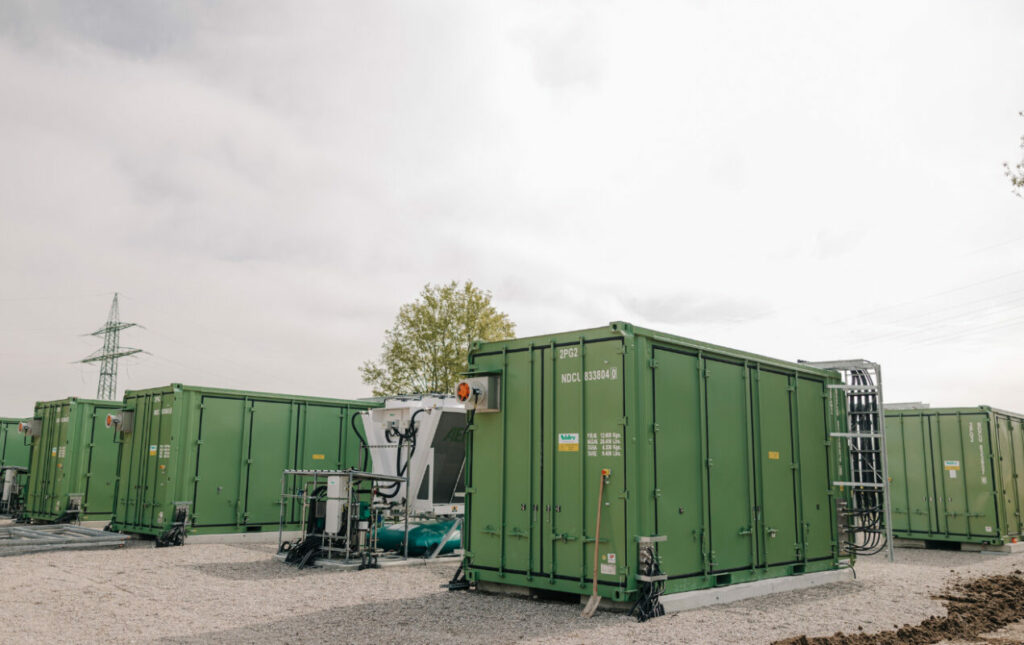The flywheel energy storage market is poised to witness a substantial growth of USD 200.38 million between 2022 and 2027, projecting a CAGR of 9.13% during the forecast period, according to Technavio. Notably, North America is expected to contribute significantly, accounting for 30% of the global market growth.
Drivers of Market Growth in North America
The growth in North America is attributed to increased investments and state-level initiatives, driving the expansion of the flywheel energy storage market. Factors such as advanced grid storage facilities, Smart Grid Technology, Distributed Energy Resources, Carbon Footprint Reduction, Demand Response, Regenerative Braking Systems, and Uninterruptible Power Supplies (UPS) are fueling the demand in the region.
Global Market Trends and Influencing Factors
Key factors shaping the trajectory of the flywheel energy storage market include market trends, investment and funding scenarios, regulatory frameworks, and technological advancements. Favorable government policies, the imperative to reduce CO2 emissions, and addressing the intermittent nature of renewable energy sources contribute to the growing demand globally.
Competitive Landscape and Key Players
The market from 2023 to 2027 features a fragmented landscape with global and regional players. The report identifies significant companies such as Active Power Solutions Ltd., Amber Kinetics Inc., Beacon Power LLC, Calnetix Technologies LLC, and others as key contributors to the market’s competitive dynamics.
Composite Rims Segment Significantly Influencing Market Growth
The market share growth of the composite rims segment is noteworthy, driven by the pivotal role of composite rims in Flywheel Energy Storage Systems (FESS). Crafted from carbon-fiber composites, these rims offer high rotational speeds and efficient energy storage. The advantages include high efficiency, rapid response times, and minimal maintenance requirements.
Driving Factors for Composite Rims Segment
The utilization of composite rims in FESS is significant for Kinetic Energy Storage, emphasizing factors like Rotational Speed, Energy Density, High-Speed Bearings, Vacuum Enclosure, Composite Materials, Magnetic Levitation, Energy Efficiency, Power Management, Sustainable Energy, Renewable Energy Integration, Frequency Regulation, Grid Stabilization, Energy Arbitrage, Backup Power, Peak Shaving, Energy Storage Capacity, Lifecycle Cost, and Energy Conversion Efficiency. These factors collectively contribute to the effectiveness and adoption of this technology, propelling market growth during the forecast period.
Source:prnewswire.com





